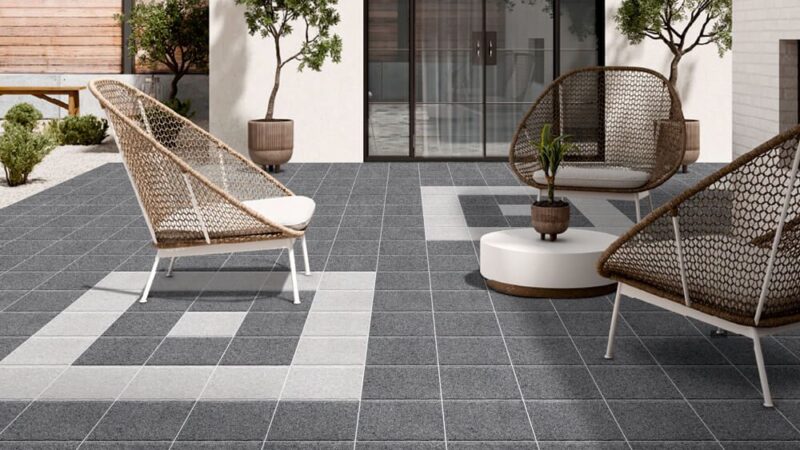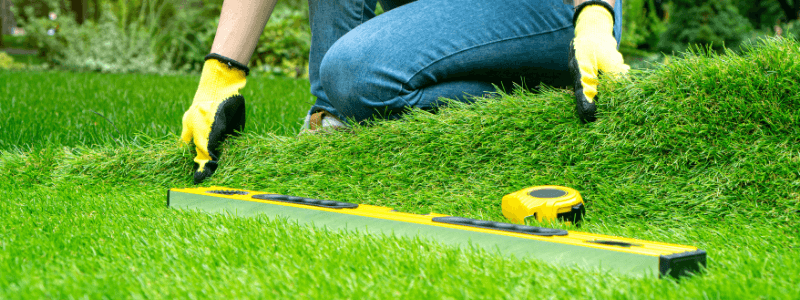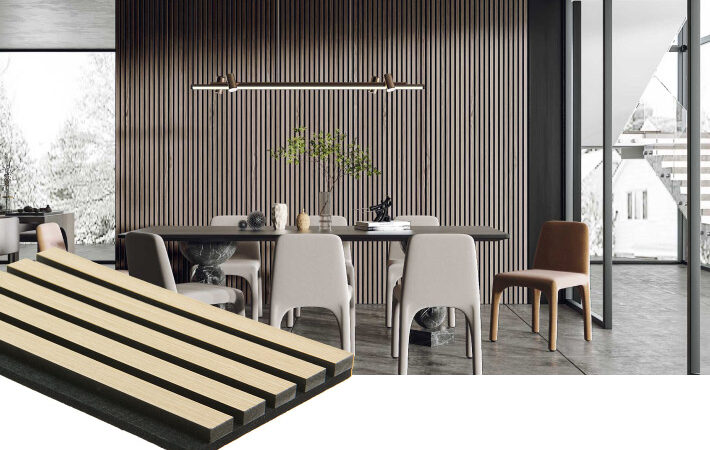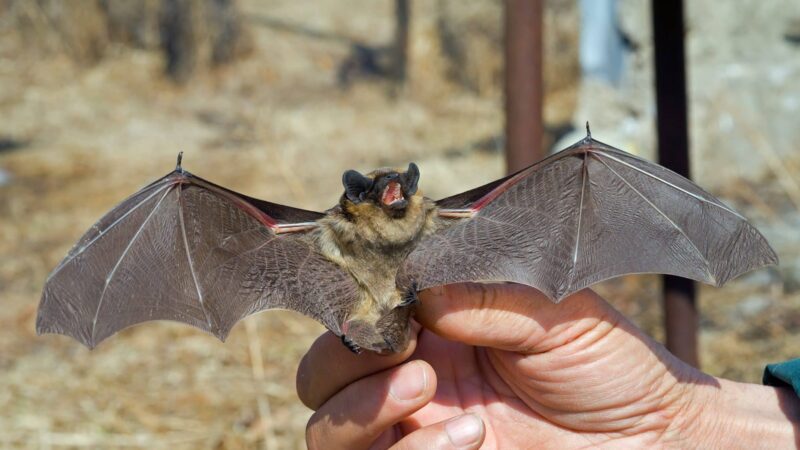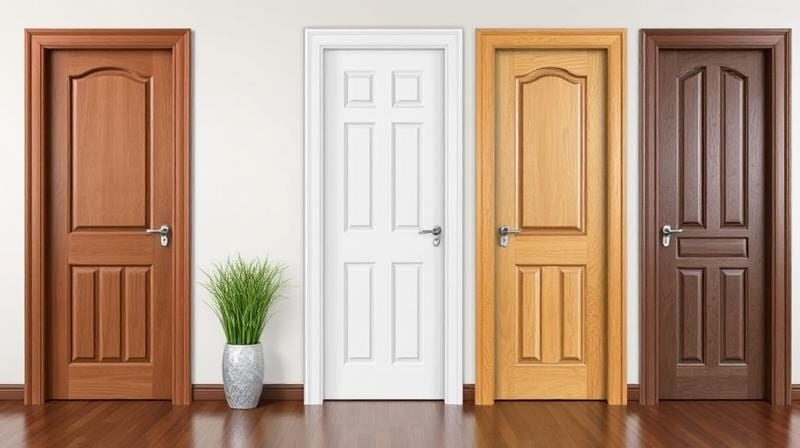Cooker Hood Repair: Essential Tips for a Smooth and Efficient Kitchen
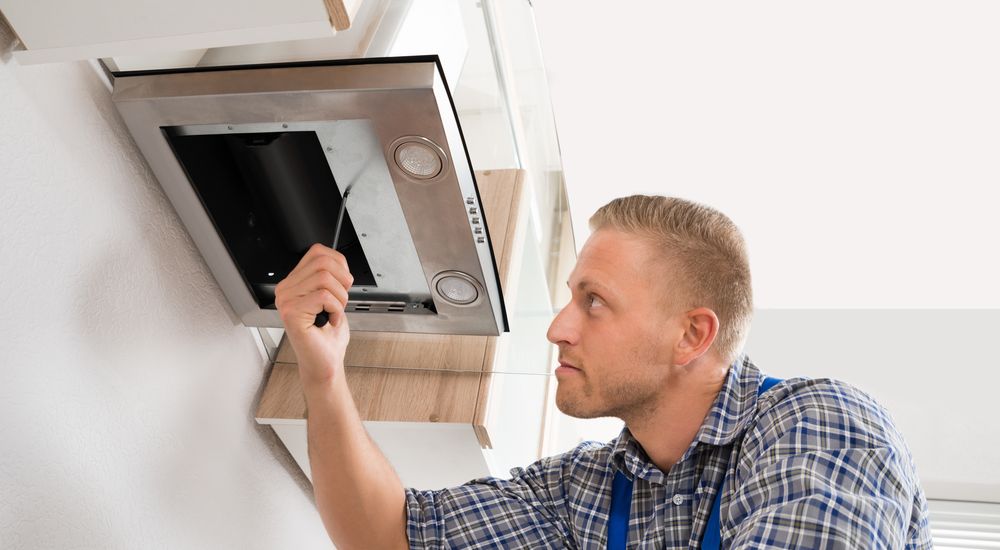
A well-functioning cooker hood is indispensable in maintaining a clean and comfortable kitchen environment. It effectively removes smoke, grease, and unpleasant odors, ensuring that your cooking space remains fresh and hygienic. However, like any appliance, cooker hoods can experience wear and tear over time, leading to reduced performance or complete failure. This article explores common issues with cooker hoods, offers troubleshooting tips, and provides guidance on when to seek professional cooker hood repair services.
Common Cooker Hood Problems
Fan Not Operating Properly
Symptoms: Unusual noises, reduced airflow, or complete lack of ventilation.
Possible Causes: Accumulation of grease and debris, faulty motor, or damaged fan blades.
Ineffective Filtration
Symptoms: Lingering odors, visible grease buildup on surfaces, or frequent recirculation of air.
Possible Causes: Clogged or worn-out filters, improper installation, or incorrect filter type.
Lighting Issues
Symptoms: Flickering lights, complete darkness, or dim illumination.
Possible Causes: Burnt-out bulbs, faulty electrical connections, or damaged light fixtures.
Control Panel Malfunctions
Symptoms: Unresponsive buttons, erratic settings, or display errors.
Possible Causes: Electrical faults, moisture damage, or software glitches in digital models.
Excessive Noise
Symptoms: Loud humming, rattling, or grinding sounds during operation.
Possible Causes: Loose components, worn bearings, or misaligned parts.
Troubleshooting and DIY Repairs
Before deciding to call a professional, you can attempt some basic troubleshooting steps to identify and possibly resolve minor issues with your cooker hood.
Regular Cleaning
Action: Clean the exterior surfaces, fan blades, and filters regularly to prevent grease buildup.
Tip: Soak metal filters in warm, soapy water, or use a degreaser for stubborn residues.
Check Electrical Connections
Action: Ensure that the cooker hood is properly plugged in and that the circuit breaker hasn’t tripped.
Safety Tip: Always turn off the power supply before inspecting electrical components.
Inspect and Replace Filters
Action: Remove and clean or replace filters as needed. Some models offer washable or permanent filters, while others require periodic replacement.
Tip: Refer to the manufacturer’s guidelines for the appropriate type of filter and replacement intervals.
Examine the Fan and Motor
Action: Remove the cooker hood cover to inspect the fan blades and motor for any visible damage or obstruction.
Tip: Gently clean the fan blades and ensure they are free from debris that might hinder their movement.
Test the Lighting
Action: Replace burnt-out bulbs with compatible ones. Check for loose connections in the light fixtures.
Tip: Use energy-efficient LED bulbs to reduce heat and extend bulb life.
When to Seek Professional Repair
While minor issues can often be resolved with basic troubleshooting, certain problems require the expertise of a qualified technician:
Electrical Problems
Why: Handling electrical components can be hazardous. Professional electricians can safely diagnose and fix complex wiring issues.
Motor Replacement
Why: Replacing a faulty motor involves technical knowledge and specialized tools. Professionals can ensure proper installation and functionality.
Advanced Control Panel Issues
Why: Digital and electronic control panels may need firmware updates or intricate repairs that are best handled by specialists.
Structural Damage
Why: Damage to the cooker hood’s structure or mounting can compromise safety and effectiveness. Professionals can assess and repair structural issues to ensure stability.
Preventative Maintenance Tips
To extend the lifespan of your cooker hood and minimize the need for repairs, consider the following maintenance practices:
Regular Cleaning
Clean the filters and surfaces frequently to prevent grease buildup, which can impair performance and pose fire hazards.
Proper Usage
Use the cooker hood at appropriate settings based on cooking intensity. Avoid overloading it with excessive airflow demands.
Schedule Professional Inspections
Have your cooker hood inspected by a professional annually to identify and address potential issues before they escalate.
Ensure Proper Ventilation
If your cooker hood is vented externally, ensure that the vent ducts are clear and unobstructed to facilitate efficient airflow.
Monitor for Unusual Signs
Pay attention to any changes in performance, noises, or smells, and address them promptly to prevent further complications.
Conclusion
A well-maintained cooker hood plays a crucial role in keeping your kitchen environment clean and safe. By understanding common issues, performing regular maintenance, and knowing when to seek professional help, you can ensure that your cooker hood remains efficient and reliable for years to come. Whether you opt for DIY repairs or enlist the expertise of a technician, prioritizing the upkeep of your cooker hood will enhance your cooking experience and maintain the overall hygiene of your kitchen.


